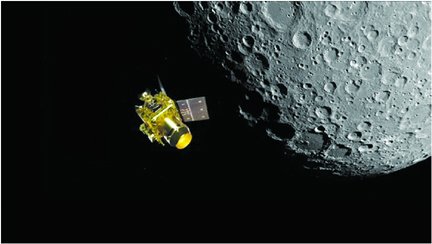
The Indian Space Research Organisation (ISRO) has evaluated the present space condition surrounding the moon in the lead-up to the Chandrayaan-3 lander’s gentle landing on the lunar surface on August 23.
The moon and Mars are currently the most explored and relative more populated planetary bodies, according to the space agency that released the study on August 9.
The article went on to say that India’s Chandrayaan-3 is the most recent spacecraft to enter lunar orbit and that further lunar exploration operations are anticipated over the next several years as a result of the Artemis missions’ plans to return to the moon and their impact on Mars colonization efforts.
“Whereas earlier missions were largely focused on scientific inquiry, future endeavors are likely to involve a number of actors with a variety of objectives, including those who are primarily motivated by the commercial exploitation of natural resources. According to ISRO, developing practical mitigation strategies to prevent close-approach hazards in planetary orbits requires a deeper understanding of the environment.
The moon’s current environment
According to ISRO, there will be six operational lunar orbiters by July 2023.
According to the report, ARTEMIS P1 and P2 operate in low-inclination, eccentric orbits, replacing two of the five probes from NASA’s THEMIS program.
According to the evaluation, NASA’s Lunar Reconnaissance Orbiter (LRO) travels around the moon in an orbit that is almost polar and somewhat elliptical. The second lunar mission of ISRO and the Korea Pathfinder Lunar Orbiter (KPLO), Chandrayaan-2, likewise travels in polar orbits 100 km above the earth.
waytoinfo.comhttps://waytoinfo.com/
Additionally, NASA’s Capstone operates in a 9:2 resonant southern L2 NRHO, with its perilune passing over the lunar north pole at an altitude of 1500–1600 km and its apolune passing over the south pole at a distance of around 70,000 km.
India’s role and the way forward
According to ISRO, India has actively undertaken a number of initiatives in cooperation with international organizations like the Inter-Agency Space Debris Coordination Committee (IADC), including studies related to the future evolution of space object environments in the cislunar and lunar region to develop specific guidelines and best practices for space operations to be sustainably conducted in these regions.
